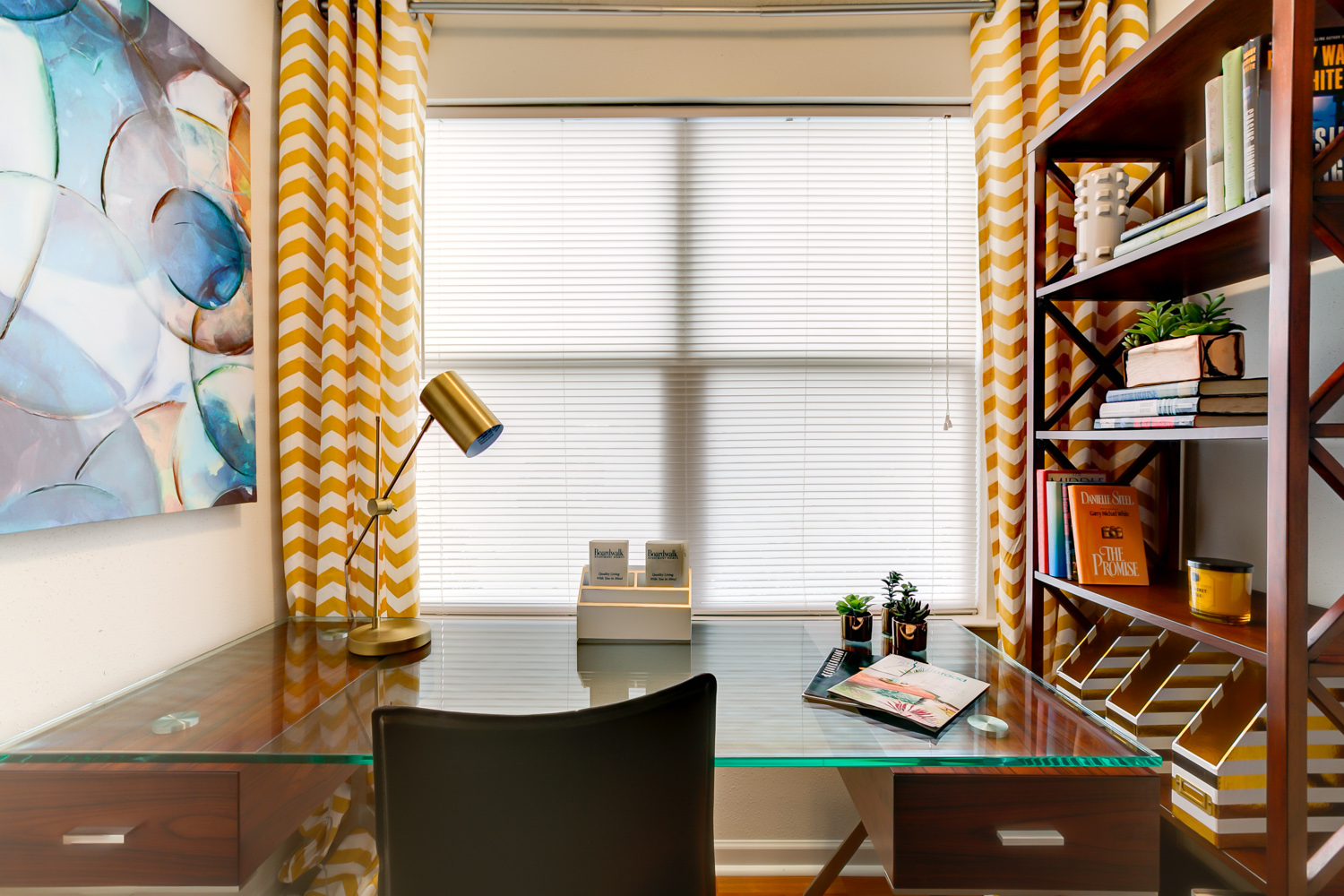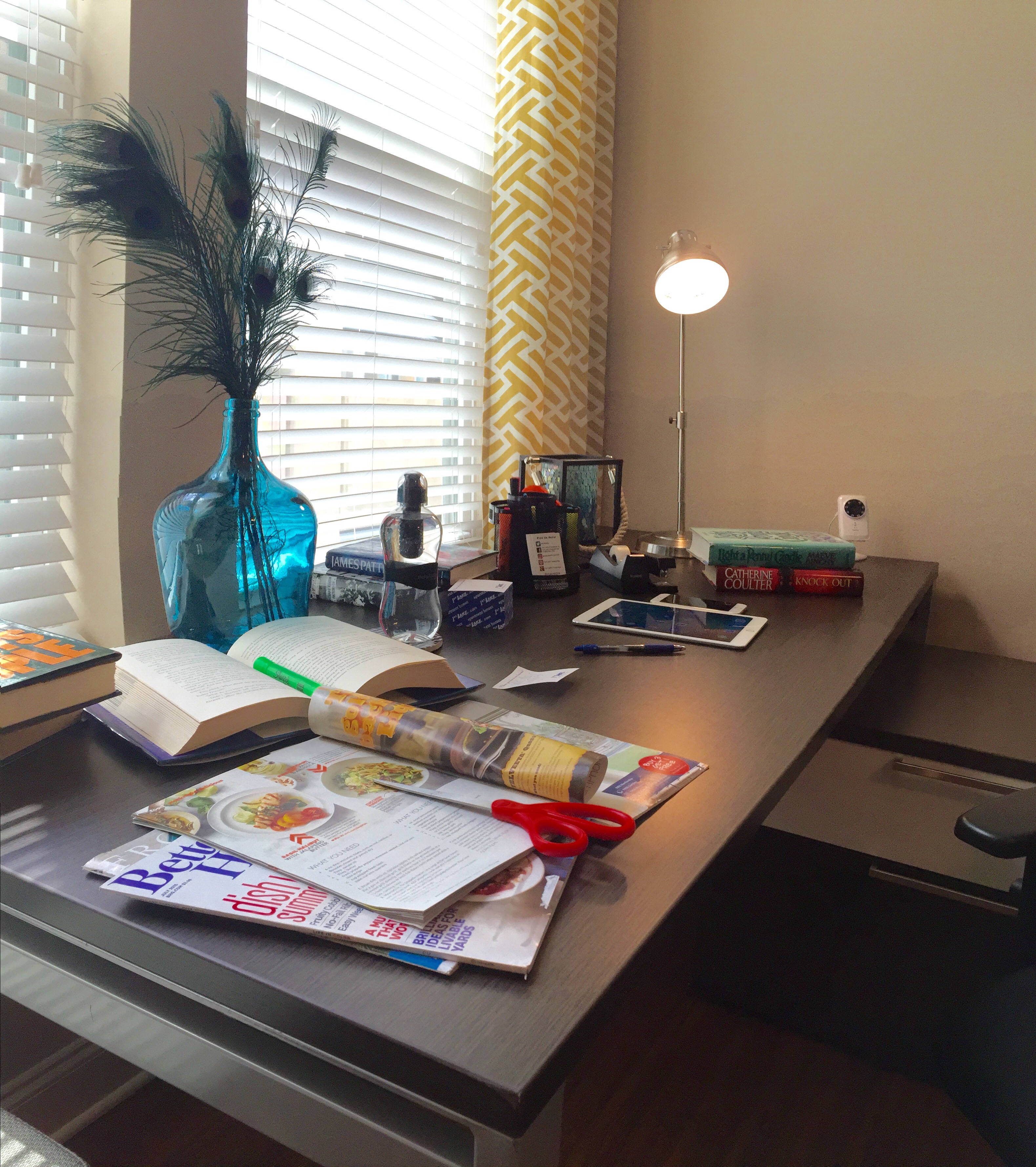
There are way more than three reasons it’s great to live in New Orleans (example: Mardi Gras, Saints season, the history, the architecture, the food!) – but we’re particularly excited about the recent news from Business Facilities’ latest “Annual Rankings Report.” In the report, NOLA scored near the very top of national rankings like the lowest cost of business and places for leaders in entrepreneurship. Check out these three incredible rankings and what they mean for Greater New Orleans below.
New Orleans ranked second for having the lowest cost of business for mid-size regions in the entire country. This means that for cities with populations between 750,000 and 2 million people, New Orleans proved a competitive and affordable place to do business, beating out spots like Albuquerque, Nashville, and Memphis. What’s more, our overall region showed serious business prowess, with Baton Rouge taking the top spot.
Salt Lake City just barely edged out New Orleans, who came in second for mid-size regions absolutely thriving in entrepreneurship. With annual programming like the city’s annual Entrepreneur Week in mind, in addition to startups in biotech, mobile devices, software, education, and more, it’s easy to see why New Orleans clocked in toward the very top.
Business Facilities determined its logistics leaders by considering a number of factors related to transportation. Cities able to support a wide variety of transportation — including air travel, land, water, and rail — ended up in the top spots. Where did the Crescent City fall? Second place again! With massive airport expansions plus continued excellence in shipping and rail, New Orleans was a natural fit for a top logistics leader.
1st Lake Properties offers distinct, award-winning communities perfect for you to make your home in the Crescent City. Check out a few reasons why it’s great to be a 1st Lake resident, and contact us today for more information!
One of the greatest aspects of the technology revolution is the increased ability to work from home. But how do you stay as motivated at home as you do in the office? To produce at the same rate as you would at work, you need a space that is designated solely for your job. You need a home office.
1st Lake offers a lot of extra room in its indoor floor plans, especially with the new renovations at the River Ridge, Kenner and Metairie apartments.
These bonus rooms can easily be converted into offices, making it easy to work from home. Before you start furnishing a home office or workspace area in your apartment, use this checklist to make sure you have the best, most useful, office decor and supplies.

Our interior designers whipped up a gorgeous, clutter-free desk at one of our 1st Lake Properties to help inspire you!
The desk and chair are the most essential pieces of furniture in your home office or workspace area. You will be spending the most time using these items, and they need to be both practical and comfortable.
When choosing a desk, consider one that maximizes space. The Container Store’s Java Linea Leaning Desk leans up against the wall, taking up minimal floor area while still allowing for plentiful work space.
Chair shopping should be centered around comfort, but you can still make room for style! This swivel chair from Target has a fun look at an affordable price.

A closer look at our designer-approved desk.
For an at-home office space you’ll actually want to work at, consider blending form and function. Our 1st Lake Properties interior designer has a few great tips to personalize your desk in a way that looks beautiful and helps facilitate workflow:
Have a good lamp for task lighting — In addition to sufficient overhead or ambient light, select a desk lamp with a movable head to spotlight your work as needed. This is also a great opportunity to incorporate metallics or color for a personalized look.
Keep papers and pens in check — Rather than a bulky file system, our designer suggests a simple letter organizer to place on your desk to keep papers neat and easily accessible. For pens, use brightly colored multi-purpose holders (a favorite mug, for example) to hold them all in one place.
Consider a glass desk — If you can only dedicate a small corner of a room to your workspace, opt for a glass or translucent desk to help the room appear larger. Light (both natural and artificial) can also pass freely through this material, creating a brighter, cheerier ambience for your workspace.
Just add greenery — Orchids, succulents, and air plants are all great choices for a desk: they’re low-maintenance yet still offer a pop of life and color.
Keep it neat — Books and magazines are usually part of any desk space, but you can maintain a cohesive look by organizing them by color and size. The color and size rule works well for everything else on your desk, too — sticky notes, highlighters, pens, you name it!
A hands-on approach — If you’re right-handed, keep all of your pens, notebooks, etc. on the right side of your desk. Vice versa for lefties!
Remember, no home workspace is complete without the personal touches. Your office should reflect you as a person. Hang pictures and photographs that keep you positive and driven. Add a chalkboard for daily notes or inspirational quotes. Decorate in a way that will make you happy and excited to work.
When developing the floor plan of your home office, you need to consider two types of storage: bookshelves and file cabinets.
Bookshelves are obvious storage options for work-related literature, workbooks and manuals. They also offer additional storage for decorative items. When choosing a bookshelf, remember to remain space-conscious. Consider a ladder bookshelf that is both practical and aesthetically pleasing.
One of the hardest parts about working from home is staying organized. Though bookshelves are great for bound documentation, any loose or private paperwork should be filed away. If your desk doesn’t have a built in file cabinet, try a portable rolling one that will fit right under your desk.
Most office work is done electronically, so a computer or laptop is a necessity. If you are looking for a cheaper option and don’t plan on moving around much, buy a desktop. If you want to be able to take your work with you, consider a laptop.
If you want both, you can hook up an extra monitor to your laptop giving you the feel of a desktop with the convenience of a portable computer.
Now that you’ve got some ideas about how to decorate your office, go out and start collecting supplies! Here are our favorite office furniture and supply stores in the city:
CORT Furniture allows you to rent chic, of-the-moment furniture for reasonable prices — they also have a great clearance section full of deals!
5035 Bloomfield Street
Jefferson, LA 70121
(504) 733-8381
Doerr Furniture offers a classic approach to home decor with several wooden desk designs.
444 Port Street
New Orleans, LA 70117
(504) 943-0110
Modern Market takes a modern, sleek and minimalist approach to its furniture.
3138 Magazine Street Unit C
New Orleans, LA 70115
(504) 896-2206
Box Paper Scissor designs one-of-a-kind office supplies.
3638 Magazine Street
New Orleans, LA 70115
(504) 891-4664
If your home office is unorganized, and is more a source of stress than productivity, it’s time to tackle that space. Your work space should help you get work done, not hinder it! Read through this list of free ways to create a more organized desk and workspace:
If you found this article helpful, please share on Facebook or Twitter!
Related posts:
Ready to get moving? The Greater New Orleans area offers so many ways to stay fit and have fun while you’re at it. Whether you take advantage of an outdoor space like Lafreniere Park or go straight for a fitness class, we’ve compiled a list of free and cheap fitness activities to keep you healthy and happy.
Lafreniere Park — This 155-acre park features so many things to do, from a 2-mile jogging trail to an on-site, 20-acre lagoon ideal for birdwatching and immersing yourself in nature. The park features 2 distinct playgrounds, a carousel, and a splash pad for the kids, plus sports fields and a disc golf course. It’s the perfect place to stay active in the heart of Jefferson Parish!
City Park — City Park in New Orleans is one of the largest public parks in the country. Kids will love Storyland, the on-site amusement park, while adults can partake in healthy activities like canoeing, jogging, or golfing (mini golf, disc golf, and regular golf are all available for nominal fees). There’s also an on-site dog park – just remember to review dog park etiquette first!
Audubon Park — This park is free to enter, although you can pay a small fee for activities like tennis or horseback riding. A playground for kids makes it family-friendly, as does the Audubon Zoo on the premises.
Tammany Trace — A “hike and bike trail,” Tammany Trace touts a whopping 31 miles of gorgeous scenery. The trail used to be a railway, but now it’s perfect for a leisurely stroll, upbeat jog, or bicycle ride to get some fresh air.
Lafitte Greenway — Recently restored, the Lafitte Greenway is a pedestrian and cyclist path that winds through the heart of New Orleans. A gorgeous respite from the urban landscape of the city, Lafitte Greenway features 2.6 miles of trail connecting downtown New Orleans to City Park.
Romney Pilates Community Class — Head to Uptown New Orleans every Saturday at 8 a.m. for a $5 community class at Romney Pilates (5619 Magazine St.). The space is absolutely gorgeous, and is directly across the street from a Whole Foods, so you can get your grocery shopping done, too! Plan to arrive early as this class tends to fill up quickly.
Free Zumba in City Park — At the Peristyle in City Park, you can partake in a free zumba class every Saturday morning at 8 a.m. It’s a great way to get your heart rate up and enjoy nature. We won’t say anything if you go to the City Park Morning Call afterward… you deserve it!
Yoga at the Cabildo — Enjoy a most beautiful view of the French Quarter for $12 at the Yoga at the Cabildo class offered Tuesdays, Thursdays, and Sundays from 8:30 a.m. until 9:30 a.m. Friends of the Cabildo members pay just $8 per class.
Salvation Studio Charity Spin — Donate to charity, and get a free workout! Every Friday at Salvation Studio, donate $5 or more to the weekly charity or cause of choice, and you’ll be enrolled in their spin class for free. Think of how good you’ll feel after you help the community and complete a heart-pumping workout!

At the Bella Ridge Brown Bag Wine Tasting Party, our residents and their guests tasted 8 different wines ranging from $6 – $38. Sip after sip, votes for the crowd favorites poured in.
Contending for the crown in the Merlot category, we had Chateau Ste. Michelle, Crow Canyon, Swanson Vineyards and Ramspeck. Among the Sauvignon Blanc contenders were Oak Grove Vineyards, Mohua, J. Lohr and Cake Bread Cellars.
The winners? You might be surprised.
Merlot
Sauvignon Blanc
Turns out your wallet doesn’t have to take a hit for you to snag wine that’s the hit of the party! Win your friends over this weekend with a wine that’s surprisingly inexpensive and incredibly delicious!
To sip on something from this list, visit Martin Wine Cellar or any local grocer!
Obviously, we think it’s great to live at 1st Lake Properties – and we hope you do, too! We pride ourselves on providing modern, comfortable apartment living for each and every one of our residents, but did you know we also offer other perks? As 1st Lake Residents, you have access to several unique benefits. Take a look at these reasons why it’s easy and fun to be a 1st Lake Properties resident.
Did you know 1st Lake Properties features thousands of apartment homes within more than 70 distinct apartment communities? Perhaps you’re currently living in Metairie but are interested in making the leap to River Ridge, or maybe you’re interested in an apartment home in Covington. No matter where you’re looking to move in the Greater New Orleans area, 1st Lake Properties can deliver. What’s more, if you’re already a 1st Lake resident, we make it easy to transfer your lease for a hassle-free moving experience.

Our Brewster Commons community in Covington.
We pride ourselves on fast and easy repair service – and now you don’t even need to call! Residents have access to an online portal where they can log in and submit a maintenance request. Included maintenance is one of the very best things about renting (see more great reasons to rent right here), and our online portal makes it that much better.
In addition to maintenance requests, easy rent payments, and facility reservations, our online resident portal is also home to Resident Rewards. This free program is exclusively for 1st Lake residents, providing tailored deals and discounts whether you live in Metairie/Kenner/River Ridge or on the Northshore. Some of the current deals include discounts on restaurant meals, car washes, grocery delivery, veterinary care, moving services, dog grooming, and so much more. Head to the portal for full details!
Get to know your fellow 1st Lake residents at special events like movie screenings, food truck roundups, farmers markets, and more all hosted at select 1st Lake Properties. To stay tuned on upcoming events, keep an eye out on our blog and social media channels. Speaking of…
Chances are, if you’re reading this, you already know about our blog and social media channels! We publish new stories each week on the blog, covering everything from recipes to décor tips to events and more. Be sure to follow us on Facebook, Instagram, Pinterest, and Twitter to stay up-to-date on all things 1st Lake.